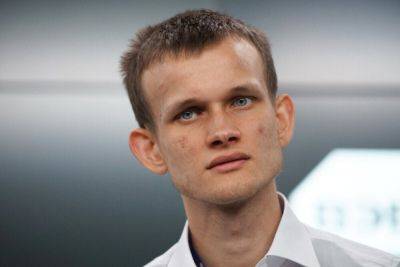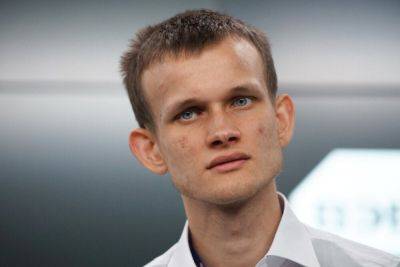Vitalik Buterin on fix for Ethereum centralization — make running nodes easier
The centralization of nodes is one of the biggest problems facing the Ethereum network and should be addressed by making the running of nodes cheaper and easier, according to Ethereum co-founder Vitalik Buterin.
At current, the majority of the 5,901 active Ethereum nodes are being run through centralized web providers like Amazon Web Services (AWS), which many experts claim leaves the Ethereum blockchain exposed to a centralized point of failure.
Speaking at Korea Blockchain Week, Buterin outlined six key problems that need addressing to solve centralization but highlighted that the node issue was a “big piece of the puzzle” to ensure the Ethereum network remains decentralized in the long run.
“One of those six things is making it technically easier for people to run nodes and statelessness is one of the really important technologies in doing that right,” he explained.
The concept of statelessness refers to removing the reliance on centralized service providers to verify activity on the network. According to the Ethereum foundation, true decentralization is not possible until node operators can run Ethereum on “modest” and inexpensive hardware.
As Buterin noted, statelessness forms a key component of the Ethereum roadmap, with major steps towards statelessness being made in “The Verge” and “The Purge” stages:
Updated roadmap diagram! pic.twitter.com/MT9BKgYcJH
Despite statelessness forming a core part of the Ethereum roadmap, Buterin admitted that these highly-technical concerns were unlikely to be addressed any time in the immediate future.
“These technical problems will have to be addressed eventually — maybe a 10-year timescale, maybe a 20-year timescale,” he said.
Related: Ethereum staking services agree to 22%
Read more on cointelegraph.com






















